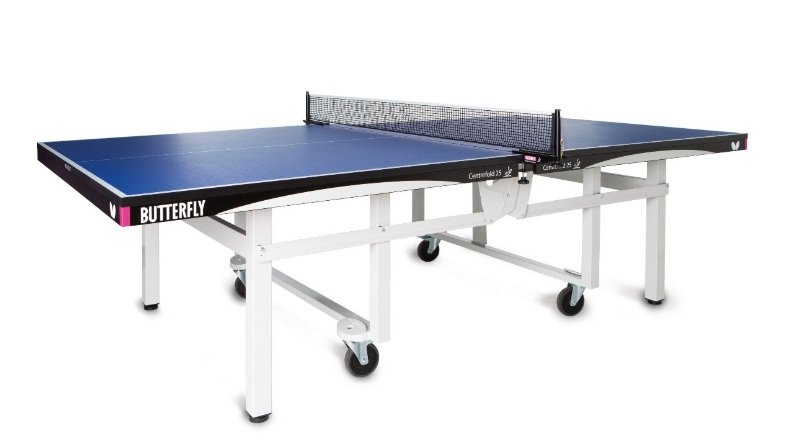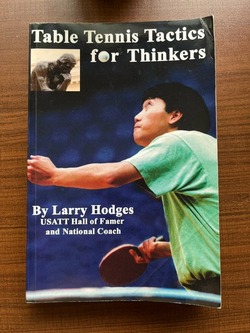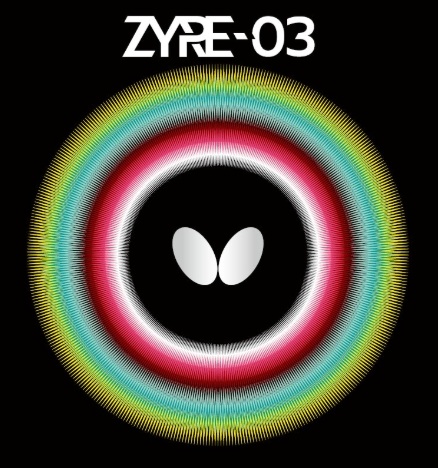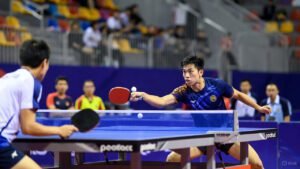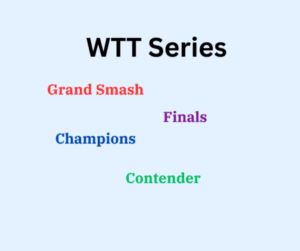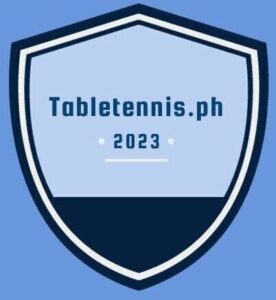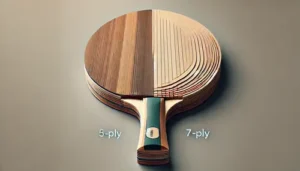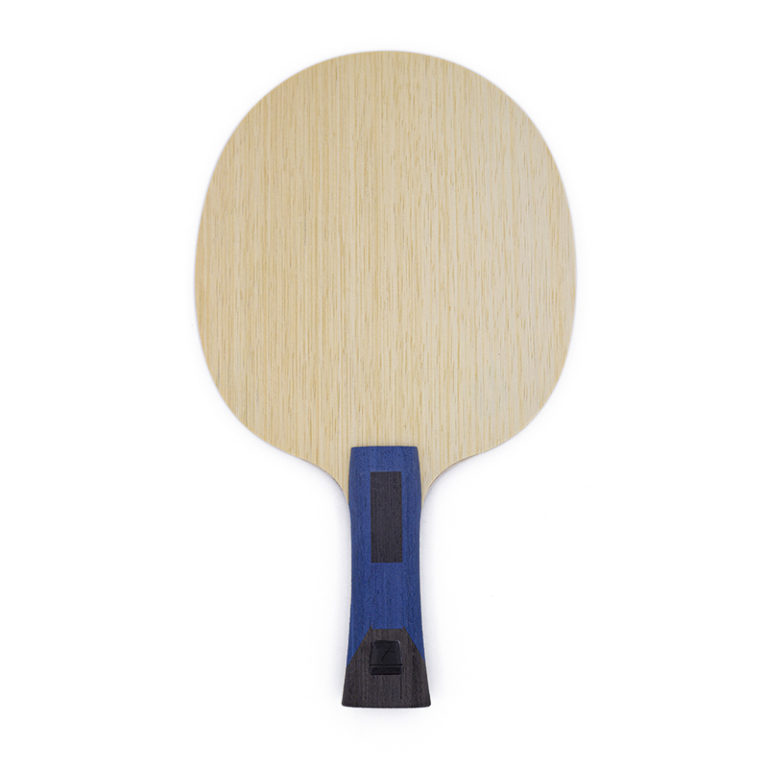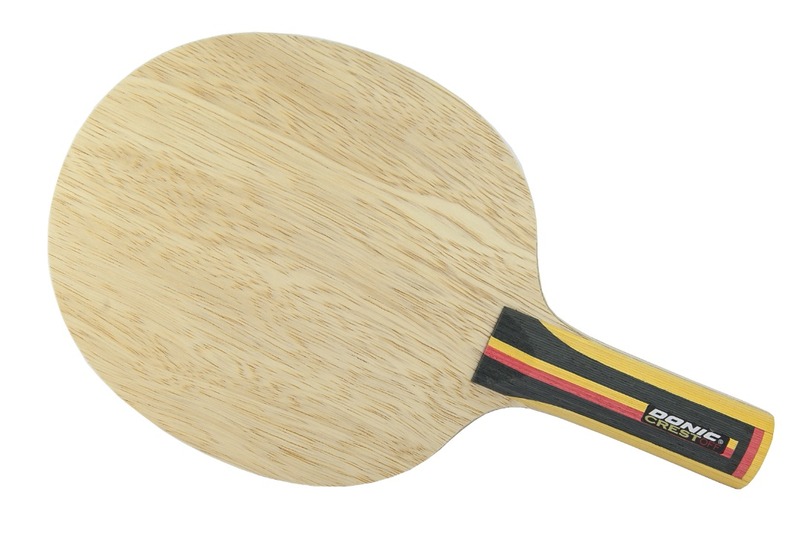Table of Contents
Defining Third Ball Attack
A third ball attack in table tennis refers to a sequence where:
- Player A serves.
- Player B returns the ball.
- Player A attacks the ball.
It’s literally called a “third ball attack” because the player’s attack is made on the third sequence of the play.
A third ball attack may or may not be successful, depending on several factors.
Launching a Successful Third Ball Attack
Anticipation
The serve is one of the most important aspects of table tennis. It initially dictates the tempo and is the only element you can control. A successful third ball attack heavily depends on your anticipation of how your opponent will receive the serve. You can improve this by studying your opponent before the match or observing their responses in the early stages of the game. Even top-ranked ITTF players don’t necessarily launch a third ball attack right away in the early stages of the game. They study their opponent’s responses to the serve and then later on (even at crucial points) launch a successful third ball attack.
Practice
Anticipation alone is not enough. Even if you successfully anticipate your opponent’s return, you must execute the attack properly. You often see third ball attacks being practiced repeatedly in many practice drills by top international players.
Common Serves
While does not necessarily translates into a successful third ball attack, here are some common serves used:
1. No-spin serves disguised as heavy underspin:
When an opponent receives a no-spin serve similarly to an underspin serve, the ball tends to pop up, making it easy for the server to launch a successful third ball attack.
2. Deep serves near the edge of the table when the receiver is too close to the table:
This often catches the receiver by surprise, forcing a long and slow return, making it easier to launch a third ball attack.
When Does a Third Ball Attack Fail?
Third ball attacks can fail if the opponent anticipates your attack and returns the ball in the opposite direction from where you expected. Probably the best player in anticipating and denying his opponents third ball attacks is Fan Zhendong. His opponents often position themselves near the backhand side after serving to prepare for an attack, but Fan counters by flicking the ball with his backhand to the wide forehand side, effectively neutralizing the third ball attack.

Hi, my name Roel and I am a freelance software engineer and creator of this website. Do you have a table tennis website and is struggling to elevate it to the next level? I am on the mission of bringing table tennis to a wider audience and websites are very important in bringing more awareness and accelerating mass adoption of the sport of table tennis. If you are outside the Philipines and need help with your table tennis site, contact me at contact@tabletennis.ph.

